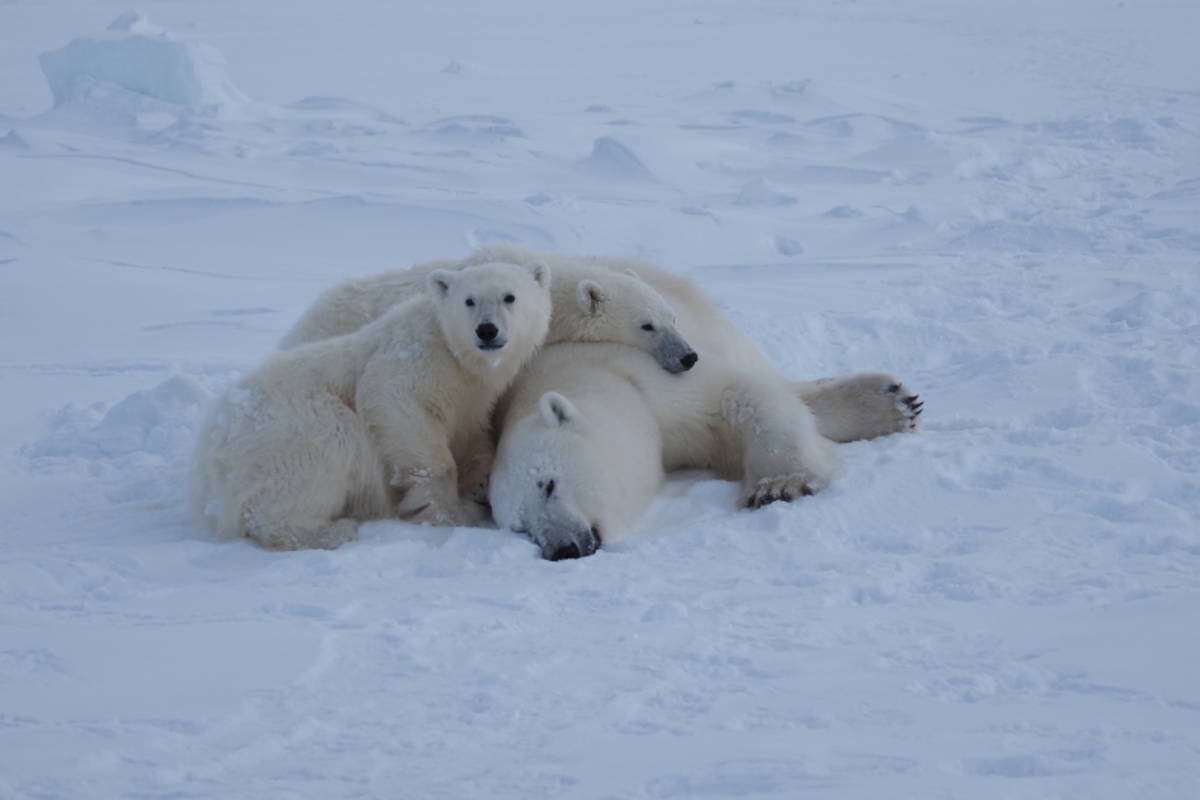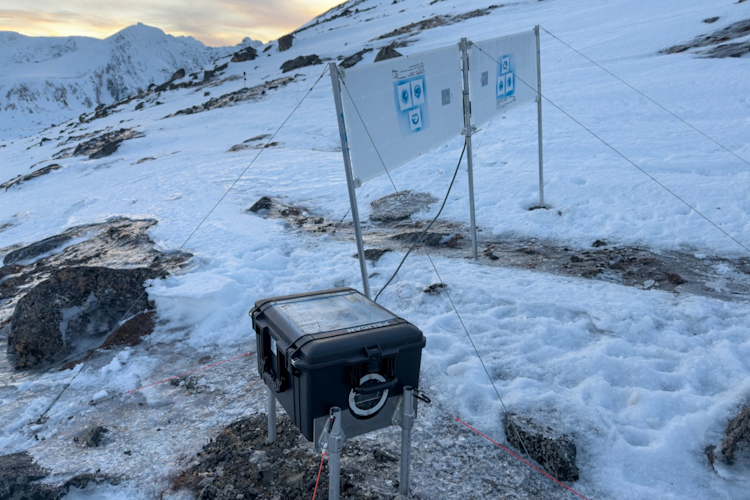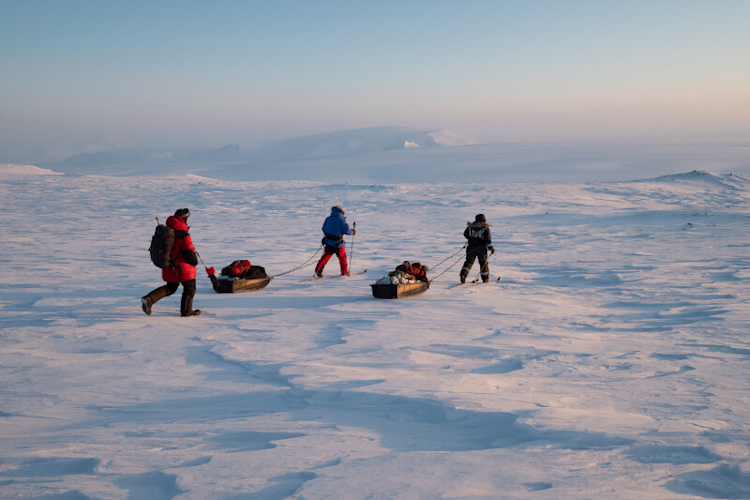In Svalbard, polar bears follow two different strategies in response to sea ice. Offshore bears predominantly roam along the marginal ice zone, following the sea ice as it expands and retreats through the seasons. In contrast, coastal bears remain within the Svalbard archipelago year-round, primarily using land-fast ice and glacier fronts rather than the drifting pack ice.
I recently took part in a study, published in Polar Research, that focused on female coastal bears in Svalbard, working with colleagues from the Norwegian Polar Institute and the Arctic University of Norway, including Dr. Jon Aars. We used GPS data collected over an eight-year period from 2011 till 2019 to investigate individual differences in site fidelity. The data provided us with a fascinating picture of the space use of each individual bear over multiple years. This allowed us to better understand the variability in site fidelity and to investigate a possible link between family relationships (that is, mothers/daughters/sisters) and home ranges.
Homebodies and wanderers
We discovered that the coastal female polar bears had consistent home range sizes from year to year. For example, one female had the two largest annual home ranges (about 20,000 square kilometers) while another one had the two smallest (about 100 square kilometers, one of the smallest home ranges described for polar bears).
Not only were females consistent in the size of their home range from year to year but they also stayed within the same areas of the archipelago: that is, we found that all the coastal bears studied were extremely loyal to specific areas over the study period! Interestingly, some very local females used the same fjord system over several years (possibly over their lifespan).
We also found out that some of the females had a strong fidelity in seasonal movement patterns, migrating to specific areas depending on the time of year. For example, one female consistently migrated to an island (Prins Karls Forland) in spring and spent her winters in a fjord on the largest island, Spitsbergen, in Svalbard (Van Mijenfjorden). Her tracks are almost identical from the year 2015/2016 and the year 2017/2018.
Family ties
Moreover, we found out a strong relationship between spatial proximity and genetic relatedness in Svalbard coastal female polar bears. Related coastal bears utilized similar regions of the archipelago and their annual home ranges were much closer together than those of non-related individuals. When mapping the GPS tracks over the Svalbard archipelago, we can clearly see that different families (mother-daughter pairs) occupy different areas (see figure Fig.5 in the paper).

















